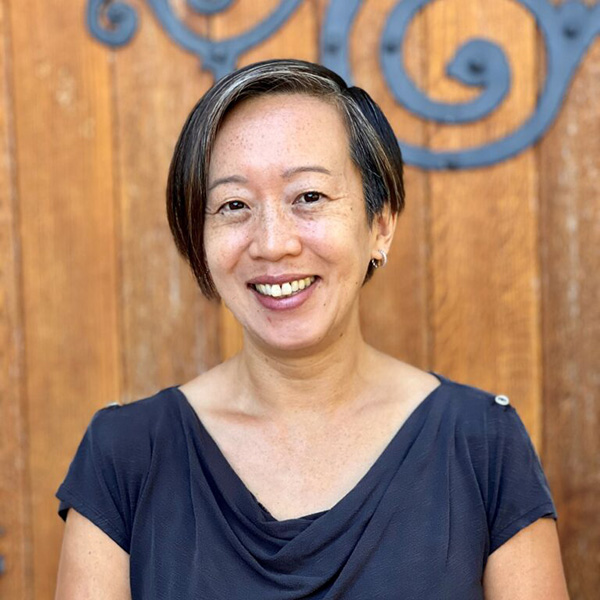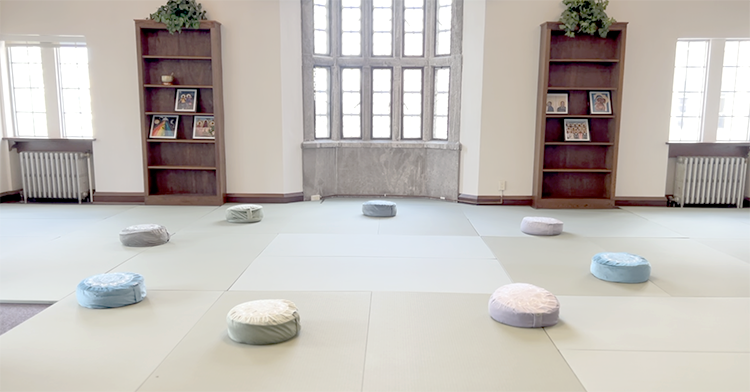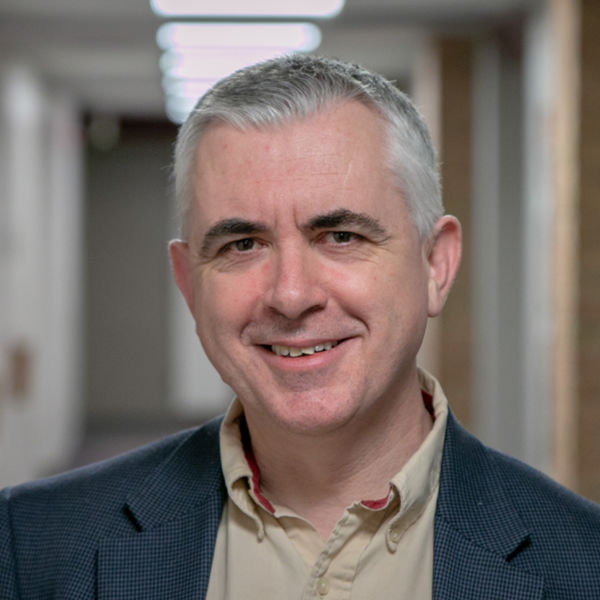When Norwegian immigrant F. Melius Christiansen started the St. Olaf Lutheran Choir in 1912, he had no idea Minnesota would become “the land of 10,000 choirs.” Even farther from his mind was the goal of revolutionizing American choral music.
Yet that is exactly what happened. Celebrating this musical heritage, Paul Benson notes that “bringing America the beauty of mixed a cappella choral singing is the undisputed contribution to American culture of a small band of Scandinavian-American Lutheran college choirs on the midwestern prairies.” Through St. Olaf, Concordia, Luther, Augsburg, Gustavus Adolphus, Bethany, Dana, Pacific Lutheran, Midland Lutheran, and the two Augustanas, the children and grandchildren of immigrants changed the way America sings.
I was reminded of this legacy at a community hymn sing in the Missouri Ozarks, a region where Scandinavian Lutherans are as scarce as lutefisk at a gospel quartet convention. As an Assemblies of God conductor led a performance of Christiansen’s “Beautiful Savior” in a Methodist church, I was struck with a visceral insight: All music is deeply tribal. As the band of Ozarks vocalists hummed the opening bars, I was transported 600 miles north to my Norwegian-American homeland.
Later that week, we were visited by Minnesota’s Cantus, a group Fanfare Magazine calls “the premier men’s vocal ensemble in the United States.” Not surprisingly, one-third of the ensemble’s members attended Lutheran church colleges. While Cantus sings in Japanese, Estonian, and Spanish, they are also carriers of the Christiansen legacy. Through their eclectic multiculturalism and flawless execution, they prove that good singing has the capacity to transcend the boundaries of tribe and ethnicity.
In his “History of the A Cappella High School Choir,” Richard Kegerreis traces the diffusion of the St. Olaf College singing tradition across the United States. Beginning with a 1920 appearance at Carnegie Hall, the St. Olaf Choir became itinerant evangelists for the new style of singing. “By the late 1920s and early 1930s,” notes Paul Benson, “many American secondary and post-secondary schools and congregations had a cappella choral ensembles which tried to follow the St. Olaf example.” Beginning in 1935, the maestro sponsored the Christiansen Choral Schools, reaching hundreds of high school directors with the gospel of a cappella. In the twenty-first century, St. Olaf, Luther, and Concordia reached the nation through PBS Christmas specials and regular tours.
Like all cultural traditions, the a cappella singing style will not survive without careful stewardship. Confronted with tough financial times, many Lutheran colleges face hard choices. According to the weblog Pretty Good Lutherans, Bethany College in Lindsborg, Kansas has been living beyond its means. Home to a 129 year-old Messiah Festival, the college has reluctantly made cuts to its music program. On a recent visit to Augustana College in Illinois, I read about similar challenges to the business model of church-related higher education. Though other Scandinavian-American colleges are on firmer financial ground, the future of Lutheran collegiate choral music is by no means assured.
As religious leaders ponder their impact on church and society, they should keep in mind the reality of unintended consequences. They should also remember the fragility of even the most enduring cultural traditions.
John Schmalzbauer is a sociologist of religion teaching at Missouri State University in Springfield, Missouri.














